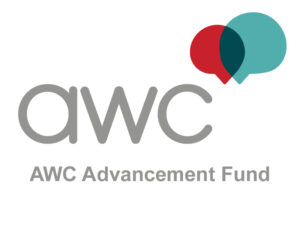We’ve all experienced change in our work lives, as well as our personal lives, and know that some changes have been more successful than others. Approximately 70 percent of workplace change initiatives fail shortly after they are implemented. The likely cause? It’s not that leaders don’t know what to do to implement workplace change but rather because they are typically not skilled in how to implement the change.
People will react to change in different ways. Some might completely oppose it, while others take a “wait and see” approach. And still others might look forward to the change. There are typically four different responses to change and as leaders, we must be prepared to help our team members move closer to embracing the change. Knowing how your team is reacting to a specific change, or how you anticipate that they will react once a change is announced, provides valuable insight into how you might respond. In the midst of change, pay attention to what people say and do. These behaviors are clues to how they are feeling.
Change can elicit a wide range of emotions, from confusion to fear to excitement. Those emotions can create a barrier that prevents team members from seeing the true benefits of the upcoming change. And their personal need to feel heard and involved becomes even greater. Before we can expect our teams to embrace our vision for change, it’s important to acknowledge and address their personal needs. Utilizing key principles such as demonstrating empathy and encouraging involvement are particularly important to ensure success. In addition to addressing people’s personal needs, we must also clearly address practical needs, such as helping them understand what they are expected to do differently and to agree on how everyone will monitor the change. By utilizing effective communication skills, you can meet both personal and practical needs of individuals as they move closer to embracing change.
When a change occurs, people can experience confusion or anxiety, even when they have been looking forward to the change. This confusion and anxiety can look like resistance. However, research has found that resistance to change isn’t necessarily negative but could be a sign of engagement. Those that may be most vocal could be those that care the most; those that may have the most passion or commitment to the team or the organization. As leaders, dealing with resistance can be one of the most difficult skills to master. Our tendency can be to push back or try to overcome it, which tends to lead to more, not less, resistance.
As leaders, we can use Change Accelerators to turn resistance into commitment. And we must also be able to inspire team members to take ownership of change. By utilizing the competencies of adaptability, initiating action and continuous improvement we can create an agile work environment where people are open to change, diverse ideas, and utilize flexibility in meeting ever-changing business needs.
About the Author

Karen Shannon will be presenting a Chapter Leadership Workshop at the AWC National Conference September 29-October 1 in St. Charles, Missouri. The workshop, Communicating for Leadership Success, provides insight into essential interaction skills for dealing with conflict and change as a volunteer from a personal and practical standpoint and delves into developing a strategy for succession planning.
Karen Shannon is Vice President Business Consulting/CHRO for Ollis/Akers/Arney. Karen has served in senior leadership positions in banking and human resources for over 25 years. She and her team provided HR services to 5,000 employees across the US, United Kingdom, India, and Mexico. Today, she works with world-wide clients on key business and HR strategies which have resulted in cost savings upward of $7 million.

